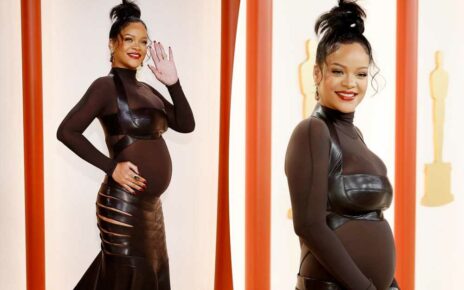Written by Amy Beecham
Another day, another set of casualties in the millennials v Gen Z culture war.
Skinny jeans, side partings and anything fitted: it really does feel like another day, another millennials v Gen Z battle to wage.
If you were to believe the stereotypes, millennials (born 1981–1996) are obsessed with avocado toast whereas Gen Z (1997–2012) spend more time on their phones than with their families. And while their tastes, inspirations and dress sense set them apart, so does another thing – the elusive concept of ‘cheuginess’.
Better known as ‘cringe’ or ‘try hard’, to be cheugy is to be a bit basic, outdated and a follower of too many trends. Being a Disney adult, liking Starbucks, loving Friends or Harry Potter and being blonde are all among the things deemed cheugy by our current culture overlord: TikTok.
And now? It’s time for our favourite emojis to have their day of reckoning.
According to a 2021 survey of 2,000 people conducted by Perspectus Global, the majority of people between the ages of 16 and 29 believe that you are “officially old” if you use thumbs up or heart emoji.
The OK hand, green checkmark and poo emojis don’t fare too well either, with the loud crying face, monkey covering eyes, clapping hands, lipstick kiss mark and grimacing face rounding off the top 10 cringe list.
Of course, seeking nuance around emoji use in 2022 is akin to the days when we’d fret over how many Xs to send in a text. But now it’s not just about seeming over-keen (kissy heart face, anyone?), awkward (monkey covering mouth) or cocky (ban the eggplant emoji forever), it’s about not taking yourself too seriously.
The once-condemned laughing-crying emoji has had a resurgence as an ironic response. Prayer hands are rarely used in earnest, but instead with a nod and a wink.
Gen Z also called out the popular thumbs up emoji for being “rude” and “hostile”, even saying they feel attacked whenever they see it used in the workplace. “For younger people, the thumbs up emoji is used to be really passive-aggressive,” a 24-year-old Redditor wrote, according to the New York Post.
“It’s super rude if someone just sends you a thumbs up,” they added. “So I also had a weird time adjusting because my workplace is the same.”
But as a Gen Z myself, I have to wonder: is there really so much harm in the little yellow hand?
“With the average Briton sending 76 emojis a week across multiple platforms, it’s clear that these symbols are now a vital part of our daily communication – on both a personal and professional level,” Perspectus Global said at the time the research was published. “Yet this research indicates the importance of assessing which ones you use. Unless you want to be seen as old fashioned, it seems wise to avoid the thumbs up symbol.”
Well, you heard it here first. I guess it’s a thumbs down from me.
Images: Getty
Source: Read Full Article


